- Cold Hardy Roses: An Overview
- Characteristics of Cold Hardy Roses
- Popular Cold Hardy Rose Varieties
- Benefits of Winter Hardy Roses
- Rose Variety #1: Arctic Fire
- Key Features:
- Care Tips:
- Rose Variety #2: Polar Express
- Cold Resistance
- Blooms
- Growth Habit
- Care
- Landscape Uses
- Recommended Varieties
- In Conclusion
- Rose Variety #3: Snowdrift
- Rose Variety #4: Frostbite
- Features:
- Care Guidelines:
- Benefits:
- Rose Variety #5: Icicle
- Key Features:
- Care Instructions:
- Question-Answer:
- Can you recommend some winter-hardy rose varieties that don’t require winter covers?
- What are the characteristics of the Canadian Explorer series roses?
- Are Rugosa rose varieties good options for winter-hardy roses?
- Do winter-hardy roses require any special care?
- Can winter-hardy roses be grown in containers?
- What are some other winter-hardy rose varieties that don’t require winter covers?
- Can winter-hardy roses still bloom in cold climates?
- Video: Hardy Groundcovers: 7 Easy-Care Groundcovers for the Shadiest & Toughest Spots
Winter can be a challenging time for rose enthusiasts, as many rose varieties require special care and protection to survive the cold temperatures. However, there are certain rose varieties that are exceptionally hardy and can withstand winter without the need for covers or additional protection.
1. Knock Out Roses: These popular roses are known for their disease resistance and ability to endure harsh winter conditions. They are low-maintenance and can survive in USDA hardiness zones 4-9 without any special care.
2. David Austin Roses: These English roses are not only beautiful, but also exceptionally hardy. With their strong root systems and robust growth habits, they can survive the winter in zones 5-10 without the need for covers.
3. Explorer Roses: Developed specifically to withstand cold winter temperatures, these roses are bred for hardiness. They come in a variety of colors and can survive in zones 3-9.
4. Wild Roses: These roses have evolved to survive in harsh conditions and can withstand freezing temperatures without any special care. They are a great choice for gardeners looking for low-maintenance rose varieties.
5. Old Garden Roses: These classic roses have been around for centuries and have proven their ability to survive winter without the need for covers. They come in a variety of types, including gallicas, damasks, and albas.
6. Canadian Roses: Bred in Canada for extreme cold tolerance, these roses can survive in temperatures as low as -40 degrees Fahrenheit. They are an excellent choice for gardeners in northern regions.
7. Rugosa Roses: These tough roses have a natural ability to withstand cold temperatures and harsh winds. They are highly disease-resistant and can thrive in coastal areas and other harsh environments.
When selecting a winter-hardy rose variety, it’s important to consider your specific climate and growing conditions. While these varieties are generally more cold-tolerant than others, they may still require some basic winter care, such as mulching or pruning. With the right selection and care, you can enjoy the beauty of roses even during the coldest months of the year.
Cold Hardy Roses: An Overview
Roses are often associated with warm and sunny climates, but there are also varieties that can thrive in cold and harsh winter conditions. These cold hardy roses are specially bred to withstand freezing temperatures and require minimal protection during the winter months. In this article, we will explore the characteristics of cold hardy roses and highlight some popular varieties that don’t require winter covers.
Characteristics of Cold Hardy Roses
- Freeze tolerance: Cold hardy roses are able to withstand freezing temperatures without suffering significant damage. They have the ability to enter a state of dormancy during the winter months, which helps them survive the cold.
- Winter hardiness: These roses have a high level of winter hardiness, meaning they can endure extreme cold without requiring additional protection.
- Disease resistance: Cold hardy roses are often bred to be resistant to common rose diseases, such as black spot and powdery mildew. This makes them easier to care for and less prone to winter damage.
- Long blooming season: Many cold hardy rose varieties have a long blooming season, offering beautiful flowers from spring to fall. This makes them a great choice for gardeners who want to enjoy roses for an extended period.
Popular Cold Hardy Rose Varieties
Here are some of the popular cold hardy rose varieties that don’t require winter covers:
| Variety | Bloom Color | Winter Hardiness |
|---|---|---|
| Knock Out | Red, Pink | Zone 5-9 |
| William Baffin | Pink | Zone 3-9 |
| Morden Sunrise | Orange, Yellow | Zone 2-7 |
| Explorer series | Various colors | Zone 3-9 |
| Hardy Perfume | Pink | Zone 4-9 |
| Winnipeg Parks | Red | Zone 3-9 |
| Hansa | Purple | Zone 3-9 |
These cold hardy roses are known for their beautiful blooms, disease resistance, and ability to withstand cold temperatures. They are perfect for gardeners in colder regions who want to enjoy the beauty of roses without the hassle of winter covers.
Benefits of Winter Hardy Roses
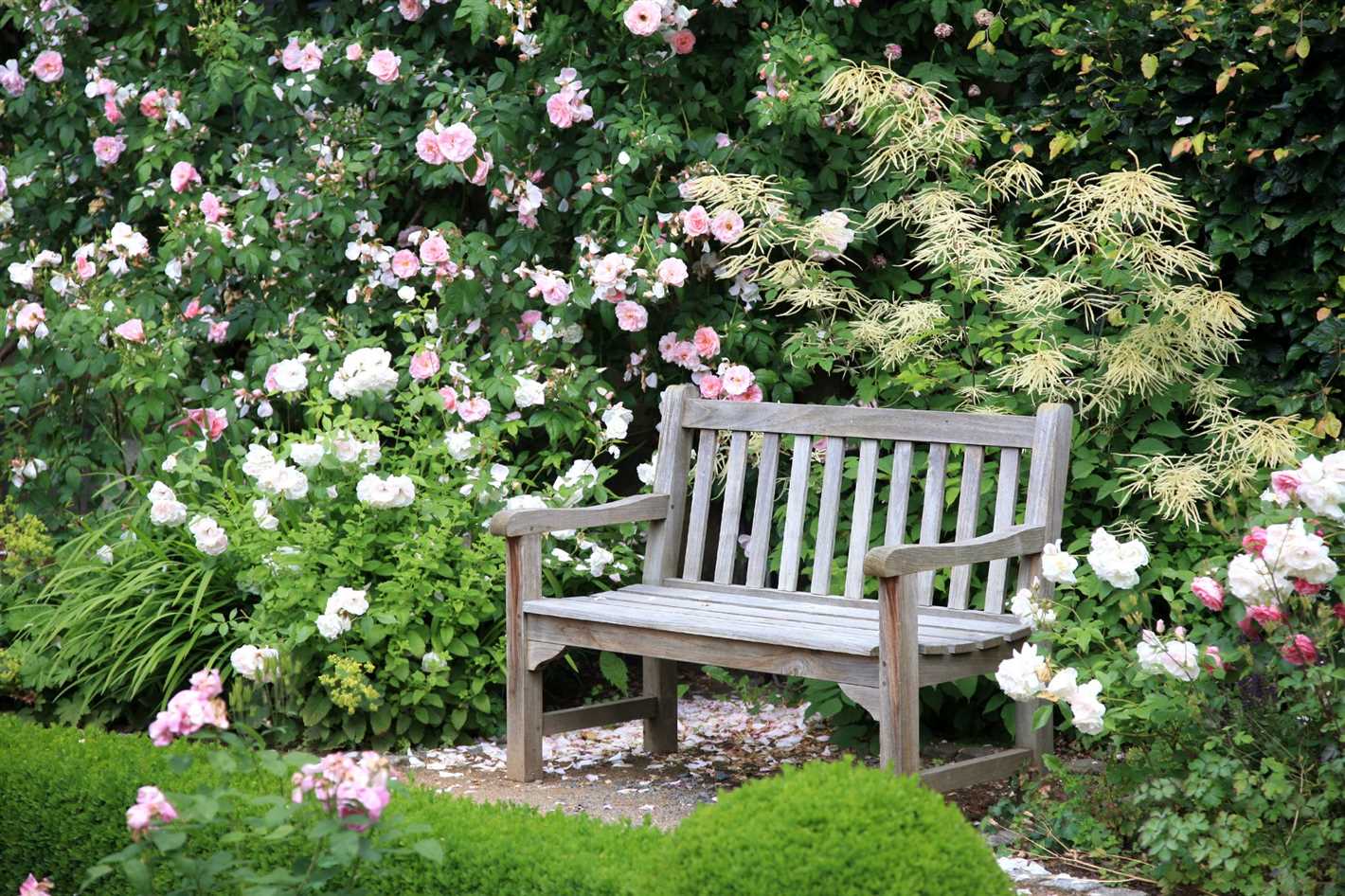
Winter hardy roses offer several benefits for gardeners in cold climates. These roses have been bred and selected to withstand freezing temperatures, heavy snow, and other harsh winter conditions. Here are some of the advantages of growing winter hardy roses:
- Cold Resistance: Winter hardy roses are able to survive in temperatures as low as -30°F (-34°C) without protection. This makes them suitable for regions with extremely cold winters.
- Reduced Maintenance: Unlike tender roses that require winter covers or special care, winter hardy roses are low maintenance. They don’t need to be wrapped or covered during the winter months, saving you time and effort.
- Longer Blooming Season: Winter hardy roses have the ability to start blooming earlier in spring and continue blooming later into fall compared to other rose varieties. This extends the period of time when you can enjoy their beautiful flowers.
- Disease Resistance: Many winter hardy rose varieties have been bred for disease resistance, making them less susceptible to common rose diseases like black spot and powdery mildew. This means you won’t have to worry as much about treating or preventing these diseases.
- Versatility: Winter hardy roses come in a variety of sizes, colors, and flower types. Whether you prefer compact shrubs, climbing roses, or large hybrid teas, there are winter hardy varieties available to suit your preferences and garden design.
- Attract Pollinators: Winter hardy roses produce nectar-rich blooms that attract pollinators like bees and butterflies. Having these beneficial insects in your garden can help improve pollination and promote a healthy ecosystem.
Overall, winter hardy roses offer the opportunity to grow beautiful and resilient roses in cold climates without the need for extra winter protection. Their cold resistance, reduced maintenance, extended blooming season, disease resistance, versatility, and ability to attract pollinators make them a valuable addition to any garden.
Rose Variety #1: Arctic Fire
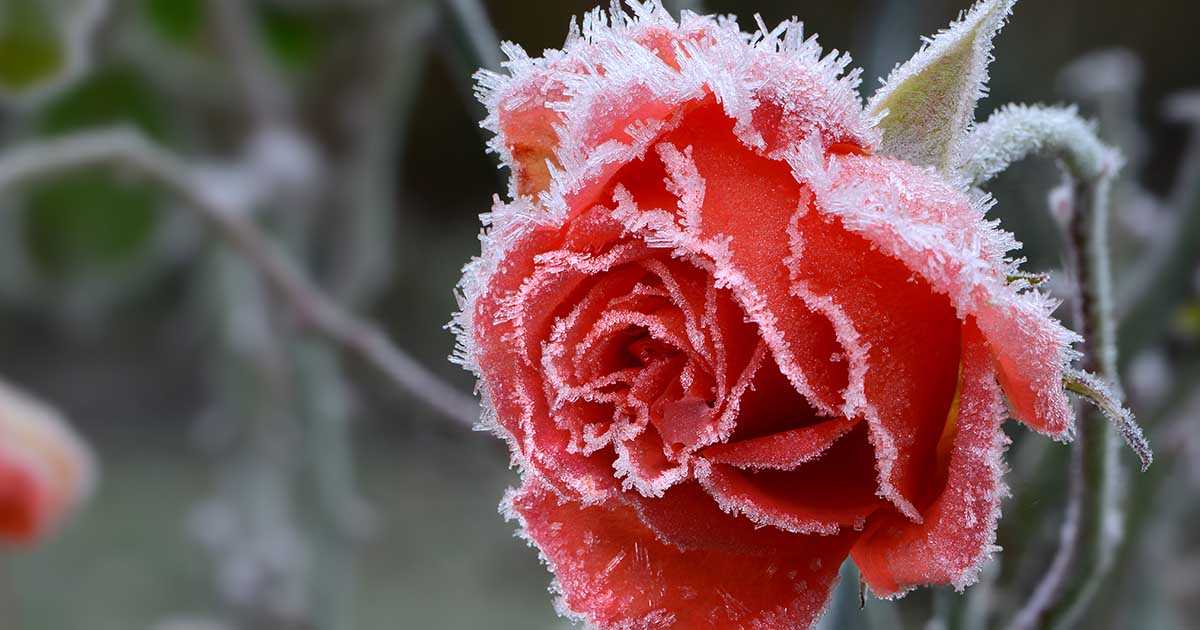
The Arctic Fire rose variety is one of the hardiest roses that can withstand harsh winter conditions without any additional cover. It is a beautiful rose with bright red flowers that bloom throughout the summer and fall.
This rose variety is known for its excellent cold tolerance, making it an ideal choice for gardeners in colder climates. It can survive temperatures as low as -50 degrees Fahrenheit (-45 degrees Celsius).
Arctic Fire roses are compact in size, reaching a height of around 2 to 3 feet (60 to 90 centimeters). This makes them suitable for smaller gardens or container planting. They have a bushy growth habit and produce clusters of stunning flowers.
This rose variety thrives in full sun but can tolerate some shade. It prefers well-draining soil and regular watering. It is important to provide proper care during the growing season to ensure healthy growth and abundant blooms.
Key Features:
- Hardy and able to withstand extremely cold temperatures
- Produces vibrant red flowers throughout the summer and fall
- Compact size, perfect for smaller gardens or containers
- Thrives in full sun but can tolerate some shade
Care Tips:
- Plant in well-draining soil
- Water regularly, especially during hot and dry periods
- Prune in early spring to promote healthy growth
- Apply a layer of organic mulch around the base of the plant to retain moisture and suppress weeds
Overall, the Arctic Fire rose variety is an excellent choice for gardeners who want a hardy and beautiful rose that can withstand winter without the need for additional covers. Its vibrant red flowers and compact size make it a standout in any garden.
Rose Variety #2: Polar Express
The Polar Express rose variety is a winter-hardy rose that doesn’t require winter covers. It is known for its beautiful white blooms and exceptional cold resistance. Here are some key features of the Polar Express rose variety:
Cold Resistance
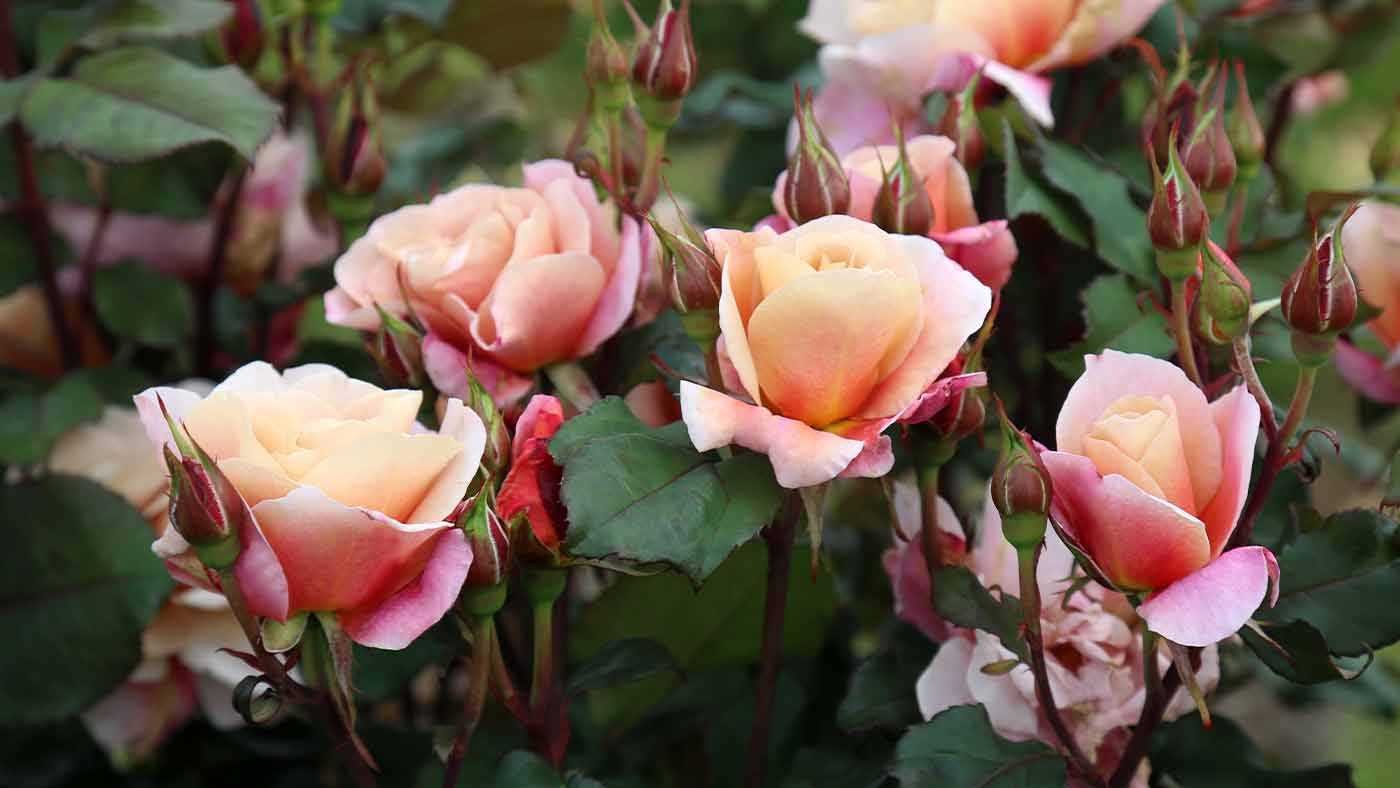
One of the main reasons why Polar Express is a popular choice for winter gardens is its outstanding cold resistance. It can withstand temperatures down to -30°F (-34°C) without any protection. This makes it an ideal option for gardeners in regions with harsh winter climates.
Blooms
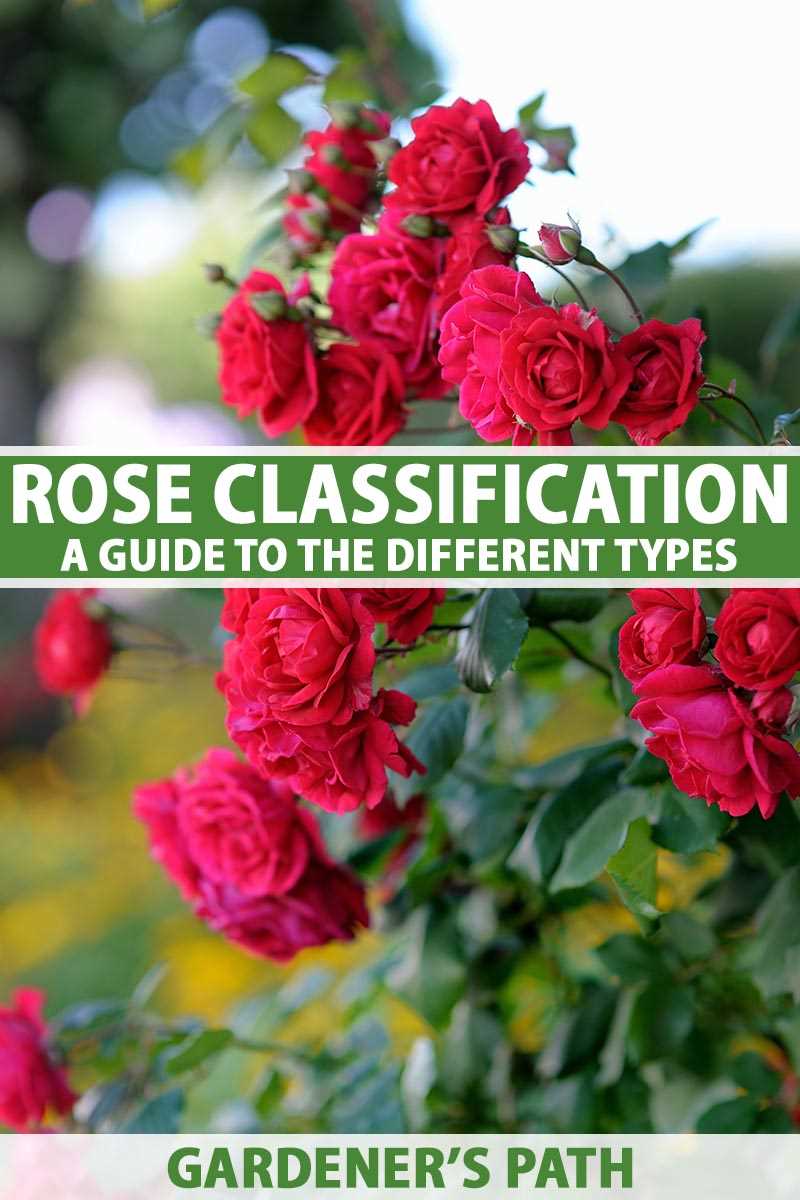
The Polar Express rose variety produces stunning pure white flowers that contrast beautifully against its dark green foliage. The blooms are typically medium-sized and have a classic rose shape. They have a delicate fragrance that adds charm to any garden.
Growth Habit
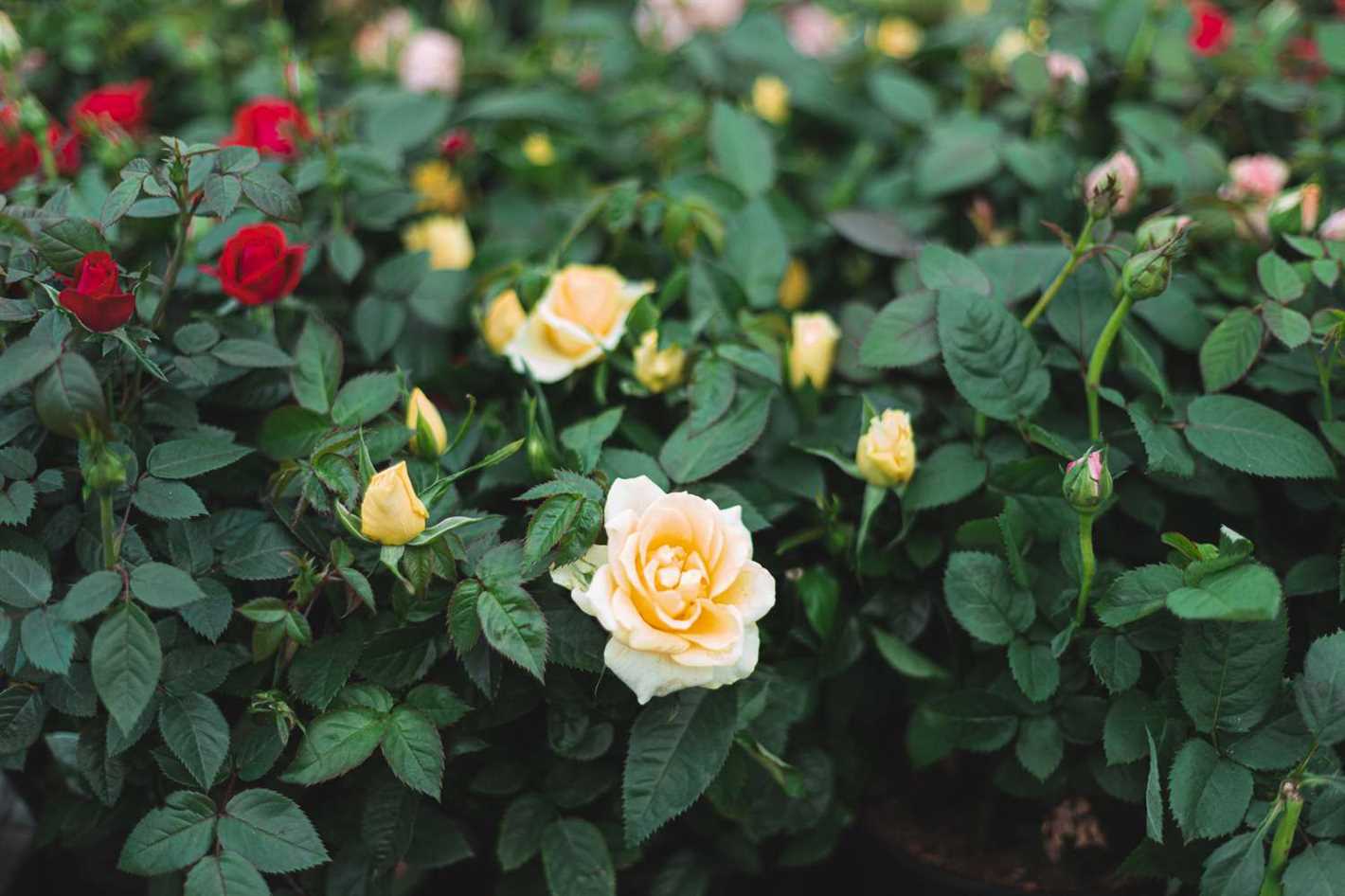
Polar Express is a compact, upright shrub rose that reaches a height of about 3-4 feet (0.9-1.2 meters). It has a bushy growth habit and is covered in glossy, disease-resistant foliage. This rose variety is a repeat bloomer, producing flowers throughout the growing season.
Care
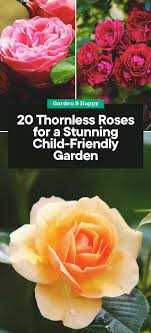
The Polar Express rose variety is relatively low-maintenance and easy to care for. It prefers full sun but can tolerate some shade. Regular watering and well-drained soil are recommended for optimal growth. Pruning should be done in spring to remove any dead or damaged wood and to shape the plant.
Landscape Uses
Polar Express roses can be used in various landscaping applications. They are ideal for creating borders, hedges, or focal points in the garden. Their compact size also makes them suitable for container gardening. Additionally, they can be used as cut flowers to bring their beauty indoors.
Recommended Varieties
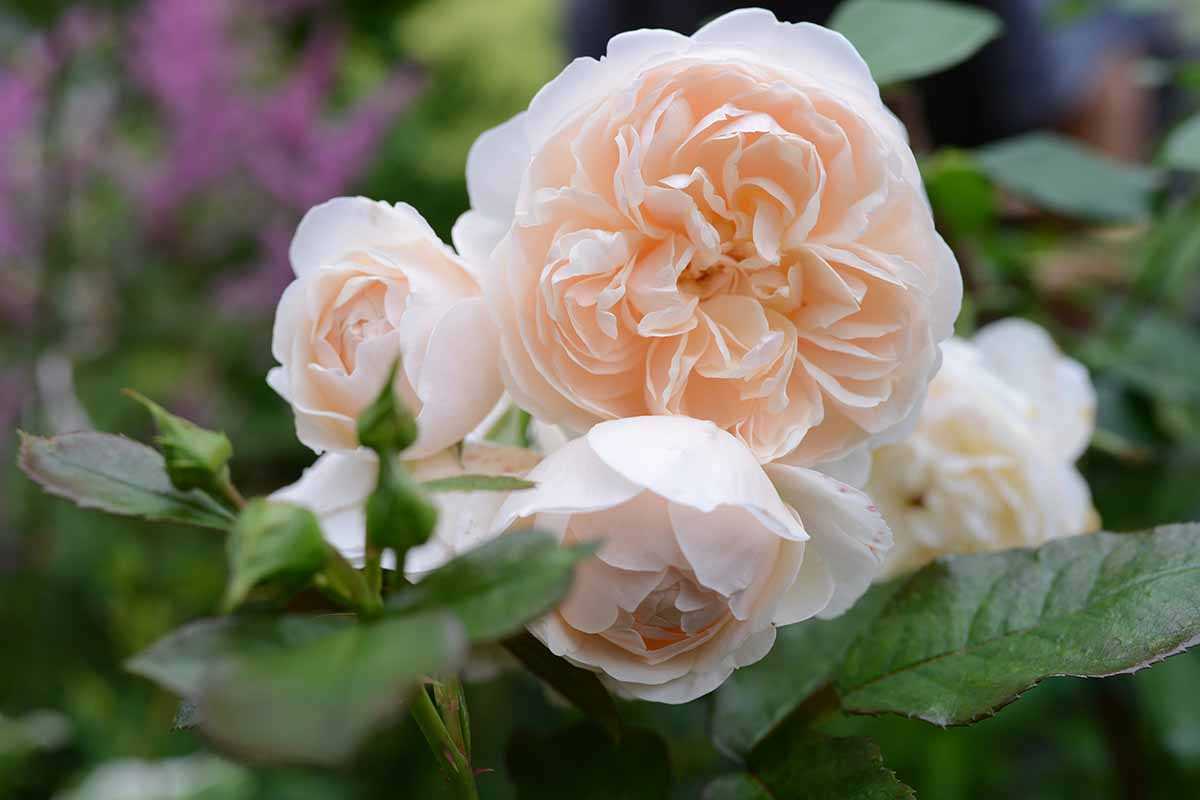
If you’re interested in the Polar Express rose variety, here are some similar winter-hardy roses that you might also enjoy:
- Arctic Flame
- Iceberg
- Snowdrift
In Conclusion
If you’re looking for a winter-hardy rose variety that doesn’t require winter covers, the Polar Express rose is an excellent choice. Its cold resistance, beautiful blooms, and low-maintenance nature make it a standout option for any winter garden.
Rose Variety #3: Snowdrift
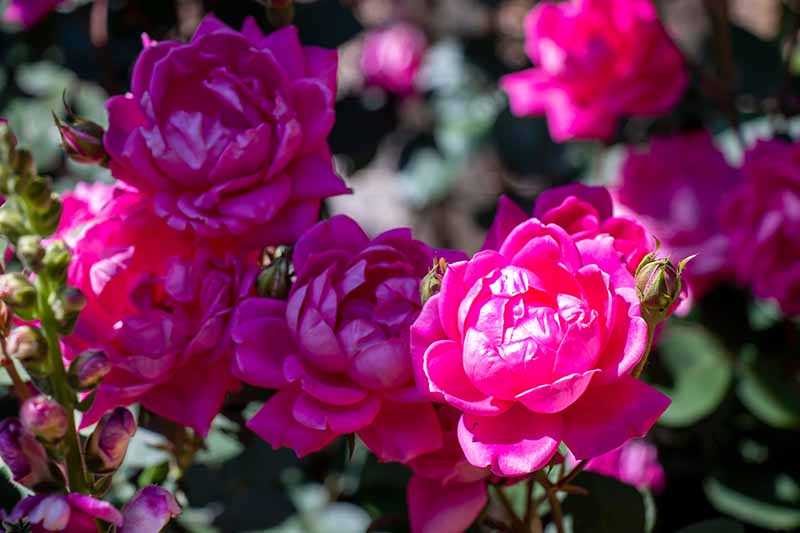
The Snowdrift rose variety is a beautiful white rose that is incredibly hardy and can withstand harsh winter conditions without the need for covers.
This variety is known for its large, pure white flowers that bloom in abundance throughout the summer months. The flowers have a delicate scent and a classic rose shape, making them a favorite among gardeners and flower enthusiasts.
Snowdrift roses are typically compact and bushy, with dark green foliage that provides an attractive backdrop to the stunning white blooms. These roses are great for small gardens or containers, as they don’t require much space to thrive.
One of the main reasons Snowdrift roses are so winter-hardy is their strong resistance to diseases and pests. They are less prone to common rose problems such as black spot and powdery mildew, which can be exacerbated by cold and damp winter conditions.
Furthermore, Snowdrift roses have a strong root system that allows them to absorb nutrients and moisture from the soil efficiently. This helps them stay healthy and resilient, even in freezing temperatures.
If you’re looking for a white rose variety that can withstand winter without any special care or protection, Snowdrift is an excellent choice. Its beauty and hardiness make it a popular option among gardeners who want to enjoy beautiful roses all year round.
Rose Variety #4: Frostbite
The Frostbite rose variety is another winter-hardy option that does not require winter covers. It is known for its ability to withstand extremely cold temperatures and harsh winter conditions.
Features:
- Color: The Frostbite rose variety produces beautiful white flowers with delicate pink edges.
- Size: This rose variety typically grows to a height of 3-4 feet.
- Shape: The flowers of the Frostbite rose are semi-double, with many petals arranged in a cup shape.
- Fragrance: It has a mild, sweet fragrance.
- Blooming period: The Frostbite rose blooms in early summer and continues to produce flowers throughout the season.
Care Guidelines:
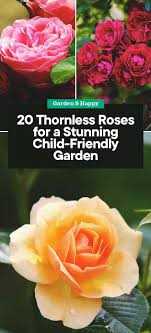
To ensure the health and longevity of the Frostbite rose, follow these care guidelines:
- Planting: Choose a location with well-draining soil and full sun exposure. Dig a hole large enough to accommodate the root ball, and plant the rose at the same depth as it was in its container.
- Watering: Water the Frostbite rose deeply and regularly, especially during dry spells. However, make sure not to overwater, as this can lead to root rot.
- Fertilizing: Apply a balanced rose fertilizer in early spring and again in mid-summer to promote healthy growth and abundant blooms.
- Pruning: Prune the Frostbite rose in late winter or early spring to remove dead or damaged wood and shape the plant. Cut back any crossing branches to improve airflow.
- Winter care: As a winter-hardy rose variety, Frostbite does not require winter covers. However, you may apply a layer of mulch around the base of the plant to protect the roots from extreme cold.
Benefits:
- Winter hardiness: The Frostbite rose is highly resistant to cold temperatures and can withstand harsh winter conditions.
- Low maintenance: This rose variety requires minimal maintenance, making it an excellent choice for busy gardeners or those with limited gardening experience.
- Beautiful flowers: The white flowers with pink edges add a touch of elegance to any garden or landscape.
- Fragrance: The mild, sweet fragrance of the flowers creates a pleasant atmosphere in the garden.
Add the Frostbite rose to your garden for a winter-hardy variety that will thrive without the need for winter covers.
Rose Variety #5: Icicle
Icicle is a beautiful winter-hardy rose variety that thrives even in the coldest climates. It is a hybrid tea rose known for its elegant pure white blooms. With its delicate fragrance and long stems, Icicle is a favorite choice for bouquets and flower arrangements.
Key Features:
- Winter Hardiness: Icicle is extremely winter-hardy and can withstand freezing temperatures.
- Blooms: The pure white blooms of Icicle are large and elegant, with a classic rose shape. They appear in clusters and have a slight vanilla scent.
- Growth Habit: This rose variety has an upright growth habit and can reach a height of about 3-4 feet.
- Foliage: The dark green foliage of Icicle provides an excellent backdrop for the white blooms, creating a striking contrast.
Care Instructions:
Icicle is a relatively low-maintenance rose variety, but proper care will ensure its healthy growth and abundant blooms.
- Planting: Choose a location with well-draining soil and full sun exposure. Dig a hole that is wide and deep enough to accommodate the root system of the plant. Place the rose in the hole, making sure it is at the same depth as it was in the container. Backfill the hole with soil, firming it gently around the plant.
- Watering: Water the rose deeply and regularly, especially during dry spells. Avoid over watering, as this can lead to root rot.
- Fertilizing: Feed the plant with a balanced rose fertilizer according to the package instructions. Apply the fertilizer in early spring and again in mid-summer.
- Pruning: Prune Icicle in early spring before new growth begins. Remove any dead, damaged, or crossing branches. Cut back the remaining branches by about one-third to promote bushier growth and more blooms.
- Pest and Disease Control: Keep an eye out for common rose pests such as aphids and spider mites. Treat infestations with organic insecticidal soap or horticultural oil. Additionally, regularly inspect the plant for signs of disease, such as black spot or powdery mildew. Treat any outbreaks with appropriate fungicides.
- Winter Protection: Although Icicle is a winter-hardy rose variety, providing some winter protection can still be beneficial, especially in extremely cold climates. Apply a layer of mulch around the base of the plant to insulate the roots and protect them from freezing temperatures.
| USDA Hardiness Zone | Description |
|---|---|
| Zones 4-9 | Icicle can thrive in a wide range of climates, from cold winter regions to more temperate areas. |
With its winter hardiness, elegant white blooms, and fragrance, Icicle is an excellent choice for gardeners looking to add a touch of elegance to their winter landscape.
Question-Answer:
Can you recommend some winter-hardy rose varieties that don’t require winter covers?
Yes, there are several winter-hardy rose varieties that can survive cold temperatures without the need for winter covers. Some popular options include the Canadian Explorer series, such as ‘William Baffin’ and ‘John Cabot’, as well as the Rugosa rose varieties like ‘Hansa’ and ‘Rugosa Alba’.
What are the characteristics of the Canadian Explorer series roses?
The Canadian Explorer series roses are known for their exceptional cold hardiness. They were specifically bred to withstand harsh winter conditions and are capable of surviving temperatures as low as -40°F (-40°C). These roses typically have beautiful blooms and are quite disease-resistant.
Are Rugosa rose varieties good options for winter-hardy roses?
Yes, Rugosa rose varieties are excellent choices for cold climates. They are extremely hardy and can tolerate a wide range of temperatures. Rugosa roses have unique fragrant flowers, attractive foliage, and produce colorful hips in the fall.
Do winter-hardy roses require any special care?
While winter-hardy roses are more tolerant of cold weather than other varieties, they still require some care. It’s important to provide them with adequate water and mulch in the fall to help insulate the roots. Pruning in early spring can also help promote healthy growth and blooming.
Can winter-hardy roses be grown in containers?
Yes, winter-hardy roses can be successfully grown in containers. However, it’s important to choose a large enough container that allows for proper root development and drainage. Additionally, containers should be insulated in winter to protect the roots from freezing temperatures.
What are some other winter-hardy rose varieties that don’t require winter covers?
In addition to the Canadian Explorer series and Rugosa roses, some other winter-hardy rose varieties include the ‘Dortmund’ rose, ‘Morden Centennial’ rose, and ‘Cuthbert Grant’ rose. These roses have proven to be hardy and can withstand cold winter conditions without the need for extra protection.
Can winter-hardy roses still bloom in cold climates?
Yes, winter-hardy roses are capable of blooming in cold climates. While their blooming may be more limited compared to warmer regions, they can still produce beautiful flowers. Providing them with proper care and ensuring they receive adequate sunlight will help promote blooming even in colder temperatures.







